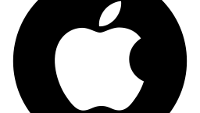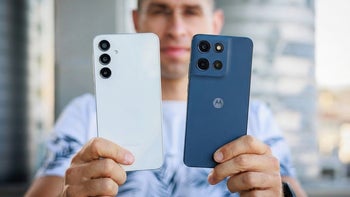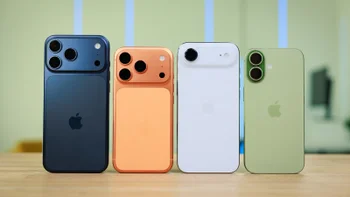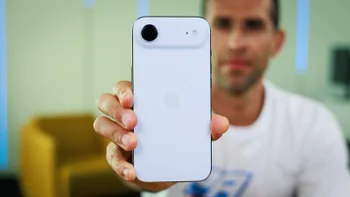Display manufacturers said to be gearing up for the iPhone's switch to an OLED screen in 2017

With a major design change looming for the 2017 version of the Apple iPhone (which may or may not be the iPhone 8), Apple suppliers are getting ready for the tenth-anniversary model of the phone, and are expecting it to carry an OLED screen with a higher resolution than what will be used on this fall's Apple iPhone 7 and Apple iPhone 7 Plus.
A company called Applied Materials has seen orders for equipment used to make displays rise by a factor of four. The assumption is that Apple's suppliers are behind some of these purchases as they start tooling up in preparation of Apple's switch to an OLED screen in 2017. Three Apple suppliers, LG, Samsung and (Foxconn owned) Sharp have all recently announced that they have been spending money on technology to build OLED screens.
The $700 million in machinery orders achieved by Applied Material last quarter was not only close to a typical full year's sales, it was up from the prior year's $180 million. These machines take three quarters or more to install, another sign that the big iPhone screen upgrade will come in 2017.
The advantages of using an OLED screen is that it doesn't require a back light like an LCD screen does. This means that the 2017 iPhone could be thinner (or even better, it might have more room for a higher capacity battery). Speaking of batteries, OLED screen require less power than LCD screens.
The screen on the Apple iPhone 6s is a 4.7-inch IPS LCD panel with a 750 x 1334 resolution. That works out to a pixel density of 326ppi. The Apple iPhone 6s Plus sports a 5.5-inch IPS LCD display with a 1080 x 1920 resolution. That works out to a 401ppi pixel density. Since everyone expects Apple to upgrade the screen next year, we might not see much change with the new handsets to be introduced this September.
source: Bloomberg
"Some tooling or machinery orders now set up suppliers for the fall of 2017. It sets up the iPhone in the fall of 2017 to be more of an impactful upgrade than the fall of this year."-Gene Munster, analyst, Piper Jaffray
The advantages of using an OLED screen is that it doesn't require a back light like an LCD screen does. This means that the 2017 iPhone could be thinner (or even better, it might have more room for a higher capacity battery). Speaking of batteries, OLED screen require less power than LCD screens.
source: Bloomberg
Follow us on Google News




![Some T-Mobile users might be paying more starting in March [UPDATED]](https://m-cdn.phonearena.com/images/article/176781-wide-two_350/Some-T-Mobile-users-might-be-paying-more-starting-in-March-UPDATED.webp)









Things that are NOT allowed:
To help keep our community safe and free from spam, we apply temporary limits to newly created accounts: